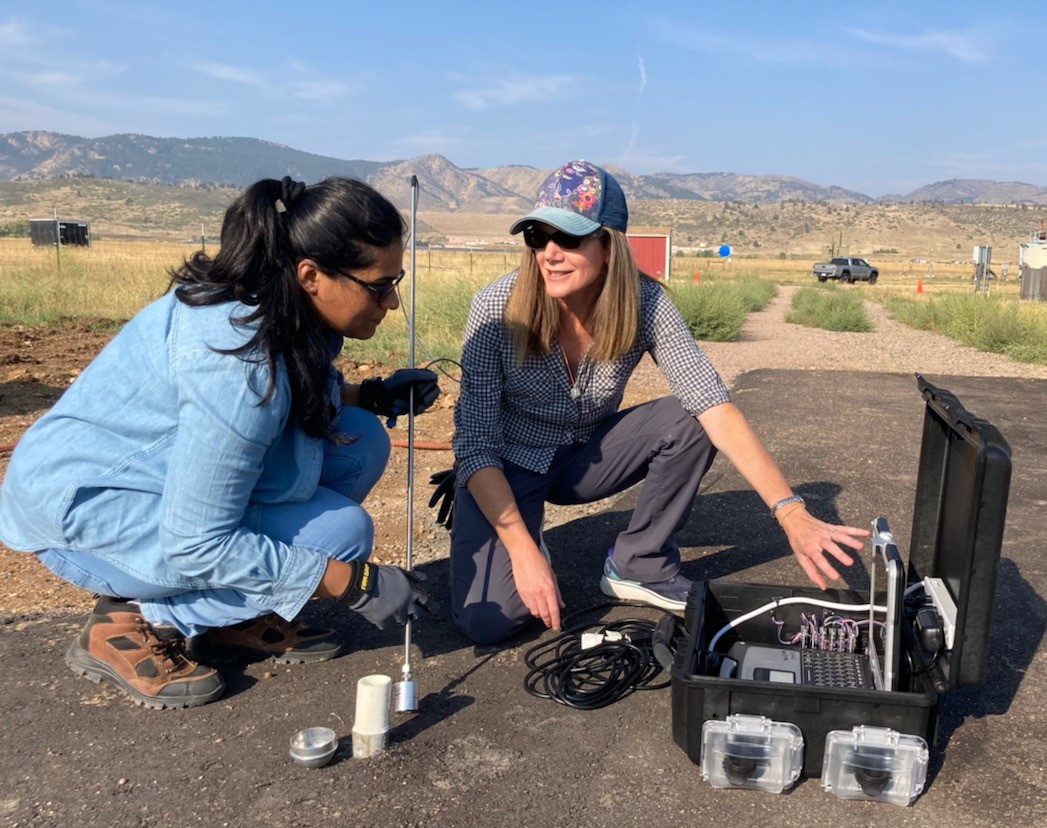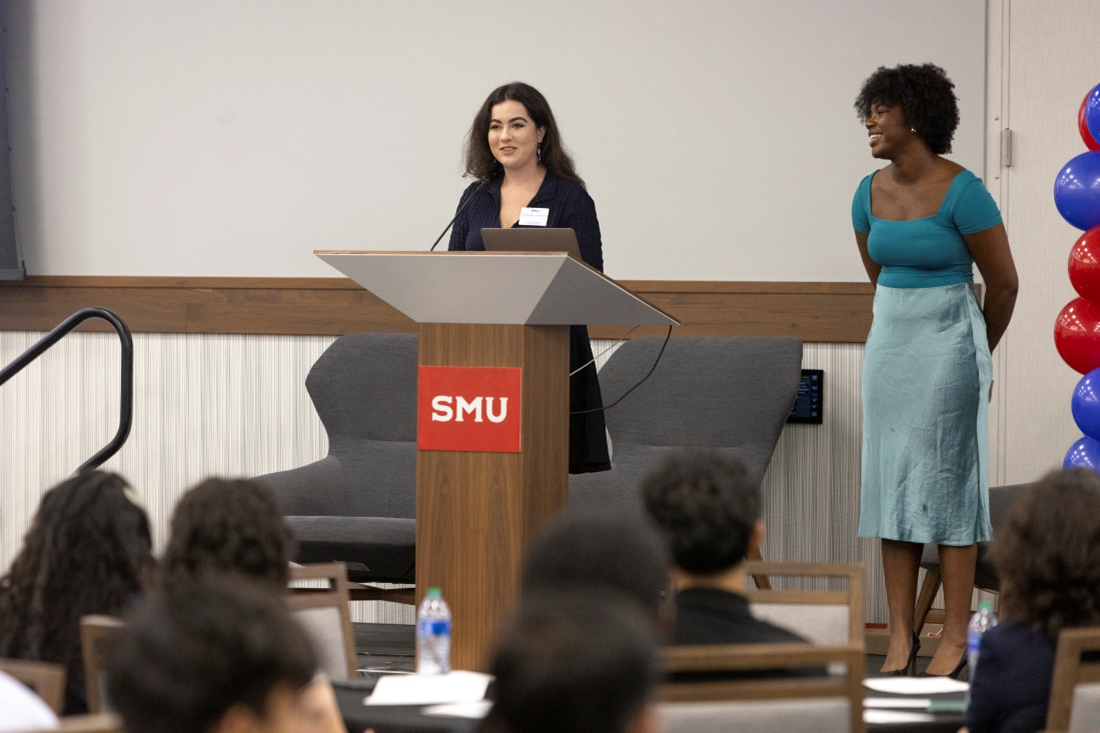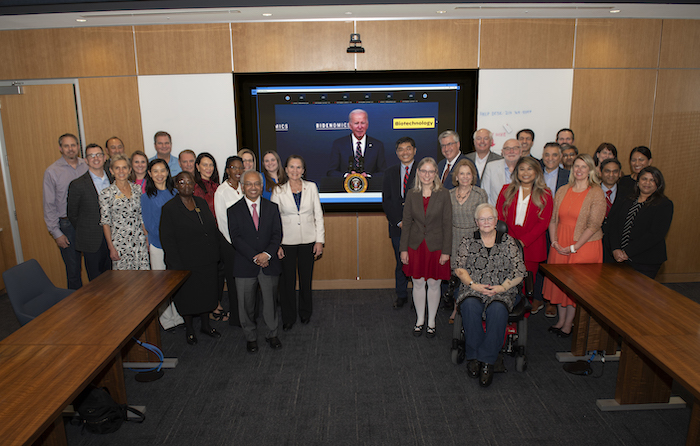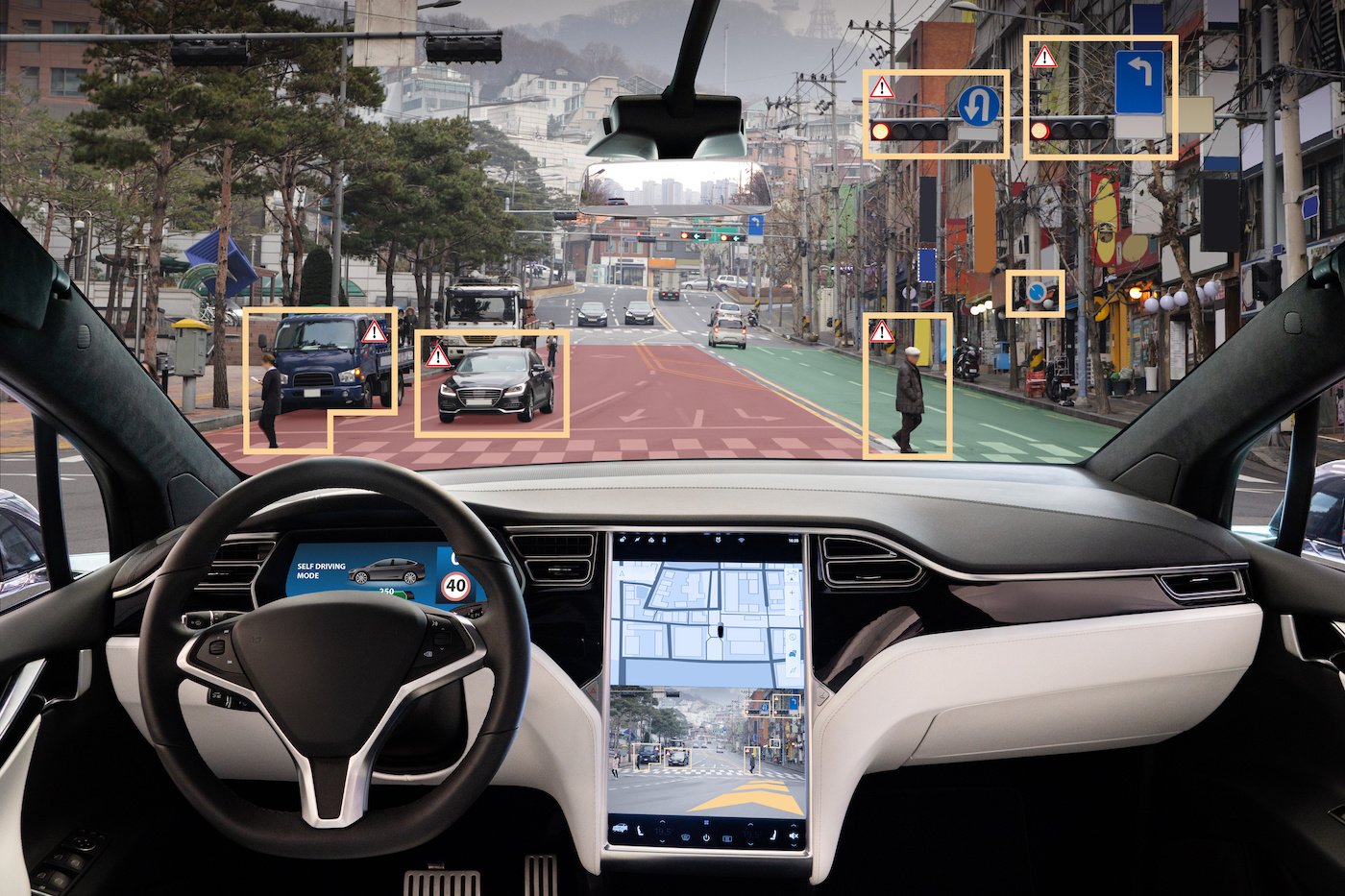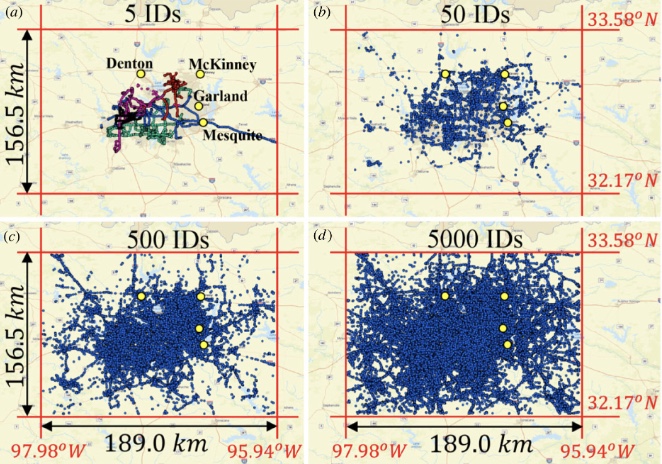SMU researchers collaborate with artisanal gold miners in South America to improve social and environmental impact of mining and mineral processing
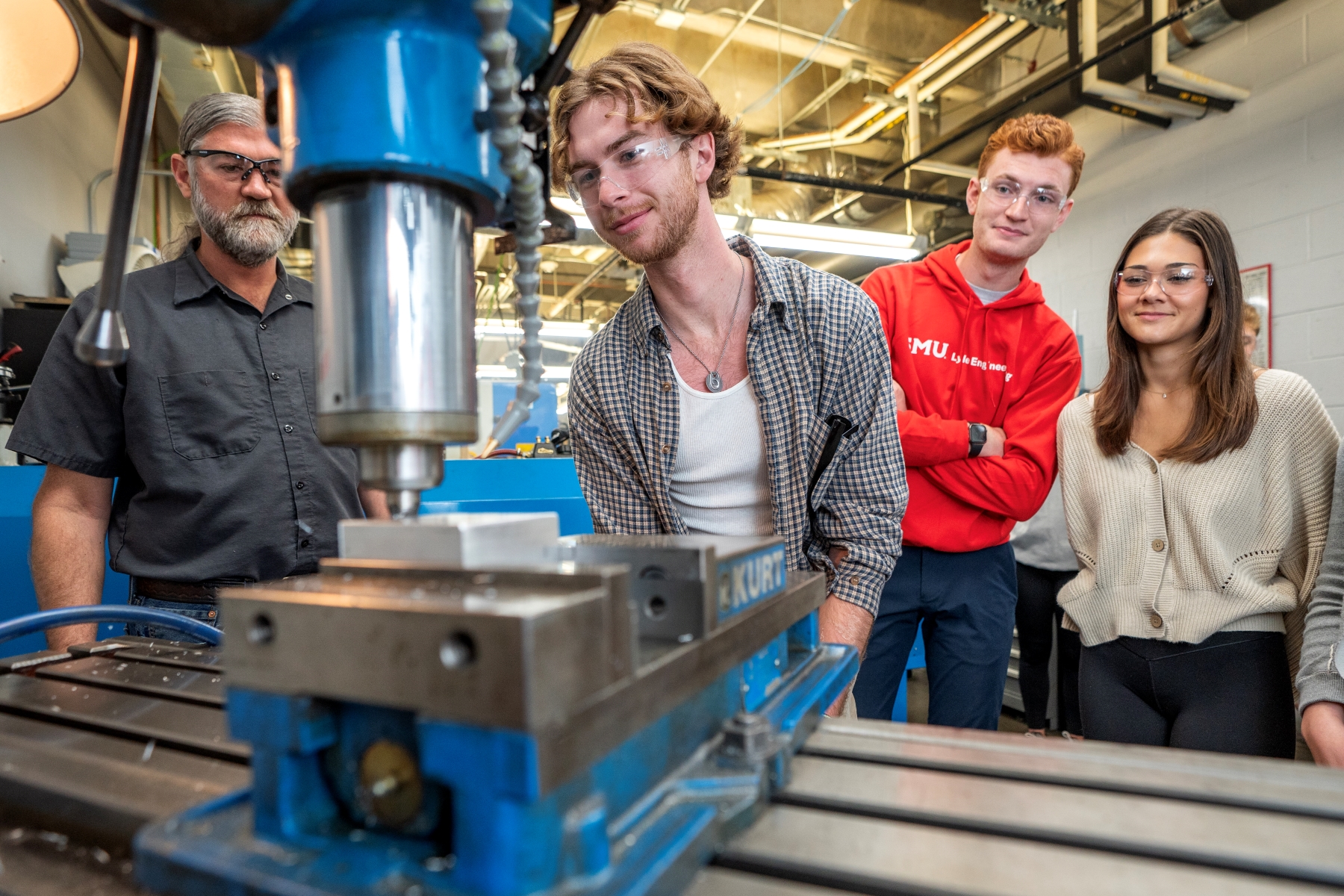
Latest at Lyle
Read all about it! Learn about Lyle students, alumni, faculty, research, programs and more.
Dr. Minsker, along with Dr. Janille Smith-Colin and Dr. Eric Larson, will develop a research and community engagement plan to address infrastructure needs that impact residents’ well-being
FBI Dallas Special Agent in Charge Chad Yarbrough and SMU Vice Provost for Research and Chief Innovation Officer Dr. Suku Nair announced their plans to exchange resources and information with components of the Texoma Semiconductor Tech Hub (TSTH), an economic and workforce development consortium led by SMU.
The SMU Lyle club is making a global impact by using their engineering education to find solutions and apply them to communities in need.
The panel of professionals from Toyota, Texas Instruments, CCL Partners Group, and Verizon shared career advice with members of SMU Lyle’s Thrive Scholars peer-mentoring program.
Kathy Hubbard Honored at 5th Annual Women Who STEAM Awards for Community Service and Student Success
April 04, 2024
The Dallas chapter of The Links, Incorporated recognized outstanding women in science, technology, engineering, arts, and mathematics at their April 4th luncheon
The event in Atlanta, Ga., gave members an opportunity to network with industry experts and connect with the greater NSBE community
NSF boosts SMU engineer's AI learning research
March 14, 2024
The National Science Foundation (NSF) has awarded SMU engineering professor Digvijay Boob a five-year CAREER grant to pioneer quicker, streamlined solutions that could speed up how AI learns from data to make predictions and decisions.
Zoe Mukendi '26 Awarded Texas Society of Professional Engineers Student Engineer of the Year
March 13, 2024
Thrive Scholars mentor and civil engineering student wins award from the Dallas TSPE chapter
3 Tips for Building Your Professional Support Village
March 08, 2024
On International Women’s Day, Funmi Olowo, Senior Director of Azure Cloud Engineering at Microsoft, inspired women at SMU Lyle and shared advice on building a foundation for success
New Center for Digital and Human-Augmented Manufacturing Pushes Boundaries of Digital Innovation
March 06, 2024
The unique center at SMU Lyle combines research innovation and industry partnerships to explore how digital twins, AI, virtual reality, and more will shape the future of manufacturing
The SMU Hart Center for Engineering Leadership hosted an expert panel of speakers on the impact of generative AI and the role of engineering leaders in this space. Read the top takeaways from their advice to SMU Lyle students.
SMU nanotechnology expert MinJun Kim helped a team of researchers at The University of Texas at Austin to develop a less expensive way to detect nuclease digestion.
Q&A: Trevor Gicheru '25 on how he invented an AI study app
February 20, 2024
The SMU Lyle Computer Science major’s invention, Nurovant AI, is a game-changer for helping students study smarter
Advice from SMU Lyle Civil Engineering Alum Courtney Kelly ’12, ’13 on Making Your Voice Heard
February 08, 2024
Through a collection of children’s books, Courtney shares lessons from her personal experience and inspires the next generation of civil engineers
Dr. Klyne Smith awarded grant from U.S. Air Force to address quantum computer cybersecurity risks
January 26, 2024
Dr. Smith will provide valuable insights to research and identify potential military use cases for a new quantum-safe communication technology developed by SENTRIQS
Computer Science vs. Computer Engineering: What's the Difference?
January 23, 2024
From drones to data analytics, learn how both degree programs advance the future of technology – and how to choose which path is right for you
Impactful Healthcare: SMU Lyle Alum’s Innovative Research for Neurological Disorders at UTSW
January 09, 2024
SMU Lyle Electric Engineering alum David Wang formulates breakthrough innovations in implantable brain devices to treat memory disorders, psychiatric conditions and more through electrical stimulation
Engineering cell pathways to prevent cancer
December 15, 2023
Hands-on research opportunities in the lab prepare undergraduate students to tackle real-world challenges
Engineering Excellence on and off the field: Jackson Ritz ‘23
December 13, 2023
Jackson Ritz, offensive lineman for the SMU Mustangs and senior graduating in Mechanical Engineering, reflects on his remarkable journey and the interconnected worlds of engineering and athletics.
National Academy of Inventors honors SMU professor J.-C. Chiao as fellow
December 12, 2023
Research shows tennis ball concussions are rare, but possible
December 06, 2023
SMU Lyle researchers and computer science students built an Infrastructure Dashboard Prototype to identify 62 infrastructure deserts in Dallas, then brought together experts to foster dialogue and take action
The largest association for Hispanic leadership in STEM recognized SHPE SMU for excellence in exemplifying its core values
The SMU Lyle computer science student created Cubed, a personalized platform that uses AI to improve user experience
Dr. Jessie Zarazaga honored with Urban Design Award from the Greater Dallas Planning Council
November 28, 2023
Dr. Zarazaga received the Dunnigan Community Engagement Award for her commitment to service and leadership in the Dallas community
SMU, research partners using artificial intelligence to make traffic intersections safer, more efficient
November 14, 2023
$1.2M Federal Highway Administration grant to SMU, Georgia Tech and University of Tulsa to fund 3-year study
SMU Lyle nanorobotics professor awarded prestigious research grant to make gene therapy safer
November 08, 2023
SMU nanotechnology expert MinJun Kim and his team have been awarded a $1.8 million, R01 grant from the National Institutes of Health (NIH)
John Reynolds ’23: An innovator on a mission to safeguard cyberspace
November 07, 2023
Reynolds, a U.S. Air Force veteran, transitioned his security expertise to the private sector while earning an M.S. in Cybersecurity from SMU Lyle
SMU lab creating large synthetic datasets to reduce bias, preserve privacy in AI facial recognition systems
November 03, 2023
Researchers using sophisticated computational technology can generate hundreds of thousands of synthetic images in a short time to improve how facial recognition models perform and recognize race and gender
Dr. Smits demonstrates how policymakers and environmental practitioners can utilize her research to protect human health and the planet
Empowering Students with the SMU Lyle Thrive Scholars Program
October 24, 2023
The Thrive Scholars peer-mentoring program, which helps traditionally underrepresented students in the fields of engineering and computer science, has grown immensely since its inception two years ago
SMU to lead Texoma Tech Hub to unify semiconductor supply chain, spur innovation through regional collaborations and workforce development
October 24, 2023
Consortium of 41 members to compete for up to $75 million in federal funds for economic development initiative authorized by 2022 CHIPS and Science Act
SMU Lyle’s Dr. Jia Zhang and NASA Collaborators Awarded Patent for Alexa-Like Virtual Research Assistant
October 16, 2023
MATA, a research assistant powered by artificial intelligence, turns NASA’s earth science data into useable knowledge for scientists
Music Strikes a Chord with SMU Lyle Engineering Majors
October 12, 2023
Engineering majors make up nearly half of the SMU Mustang Band, proving that creative pursuits resonate with analytic minds
SMU working with transportation nonprofit Feonix Mobility Rising, other universities to improve health disparities in Dallas and Detroit
October 02, 2023
Janille Smith-Colin, assistant professor of civil and environmental engineering at SMU, is part of a team that has just received a $6 million award from the National Institutes of Health (NIH) ComPASS program to improve health disparities in Dallas and Detroit.
The two grants, both more than $1 million, will allow researchers to address critical issues in gene therapy and traffic management using AI and machine learning
SMU Lyle Professor Honored with Prestigious Civil Engineering Award for Groundbreaking Research on Resilient Infrastructure
September 26, 2023
Professor Nicos Makris’ research on ancient structures has helped modern-day buildings stand strong, even in the dynamics of harsh environments or during natural disasters.
“I had always kept in my heart my desire to get my engineering degree and find a way to make a larger positive impact on society, to help the people around me and to protect our planet. That’s why I came to SMU.” -Tania Caldua
Driving Sustainable Solutions: Inside SMU Lyle's Inspiring Sustainability + Development Program
September 12, 2023
For the past decade, SMU Lyle’s unique sustainability program has taken a multidisciplinary, hands-on approach to building self-sustainable communities.
SMU Lyle Alumna uses AI, operations research strategies to accelerate her forensic technology career at Ernst & Young
September 05, 2023
Dr. McIntosh is a senior manager in Ernst & Young’s Forensic & Integrity Services practice, where she leads forensic data analytics for the southwest region.
Powering data-driven research and learning
August 30, 2023
The O’Donnell Foundation advances SMU’s digital future with a $30 million gift to name and endow SMU’s data science institute and support engineering excellence.
Morgan David Jones, an incoming freshman at SMU Lyle School of Engineering and one of the most decorated Eagle Scouts in the Boy Scouts of America history, dreams of a career in water conservation.
SMU’s MADI program delivers Human-Centered Design solutions for social impact organizations at Pegasus Park
July 06, 2023
Dallas' Pegasus Park leaders recently turned to students of SMU's unique Master of Arts in Design and Innovation (MADI) program to help reimagine how they might collaborate with their Water Cooler neighbors.
Nurturing a competitive edge: SMU Lyle combines technical training with leadership and soft skills preparation
June 27, 2023
SMU Lyle’s Hart Center for Engineering Leadership gives engineering students a competitive edge by supplementing their technical education with leadership certification and soft skills training.
How J.-C. Chiao and a Team of Graduate Research Students are Pioneering Physiotronics to Treat Pain, Gastroparesis
June 09, 2023
Dr. J.-C. Chiao and his team of graduate research students at SMU Lyle School of Engineering are pioneering the creation of medical implants that will give people with chronic conditions a new option for returning to their normal routines.
SMU launches new cyber autonomy range
June 06, 2023
Supported by IBM software, range to help 'smart' devices against attack
Measuring a city’s resilience is important for planning responses to future events and revealing potential vulnerabilities.
SMU Lyle alumnus Noah Bartos (’18) works as the technical program manager for Project Kuiper, a satellite broadband network in development at Amazon. Noah's passion for engineering began with high school robotics and flourished during his time at SMU Lyle, where he majored in Mechanical Engineering and Mathematics before entering the master’s program in Systems Engineering.
SMU to partner with UNT, regional universities and organizations to transform Texoma logistics
May 11, 2023
$1 million NSF Engines Development Award to advance workforce and mobility systems in North Texas and Oklahoma
As president of the SMU Chapter of Society for Hispanic Professional Engineers, Sofia Murillo-Sanchez has worked tirelessly to maximize the organization’s impact and make a difference in people’s lives. As she prepares to enter her senior year, the Computer Science major hopes to one day work on global development projects that will change the world.
Unique Datacenter Systems Engineering program prepares grad students for the future of digital infrastructure
May 04, 2023
ChatGPT gave the world early insights into the power of generative artificial intelligence (AI). As generative AI continues to expand, datacenters around the globe will continue to evolve to support new capabilities. At SMU Lyle, we’re preparing tomorrow’s engineers by offering the nation’s only master’s degree program focusing on datacenter systems engineering.
Mercury emission estimates rarely provide enough data to assess success in eliminating harmful global gold mining practice
March 22, 2023
More than 4 million women and children at risk
Tiny pH sensor developed by SMU student could be next-gen freshness predictor for packaged food
SMU names Nader Jalili Dean of Lyle School of Engineering
January 11, 2023
Jessie Marshall Zarazaga, Corey Clark receive 2022 Tech Titans Award
November 17, 2022
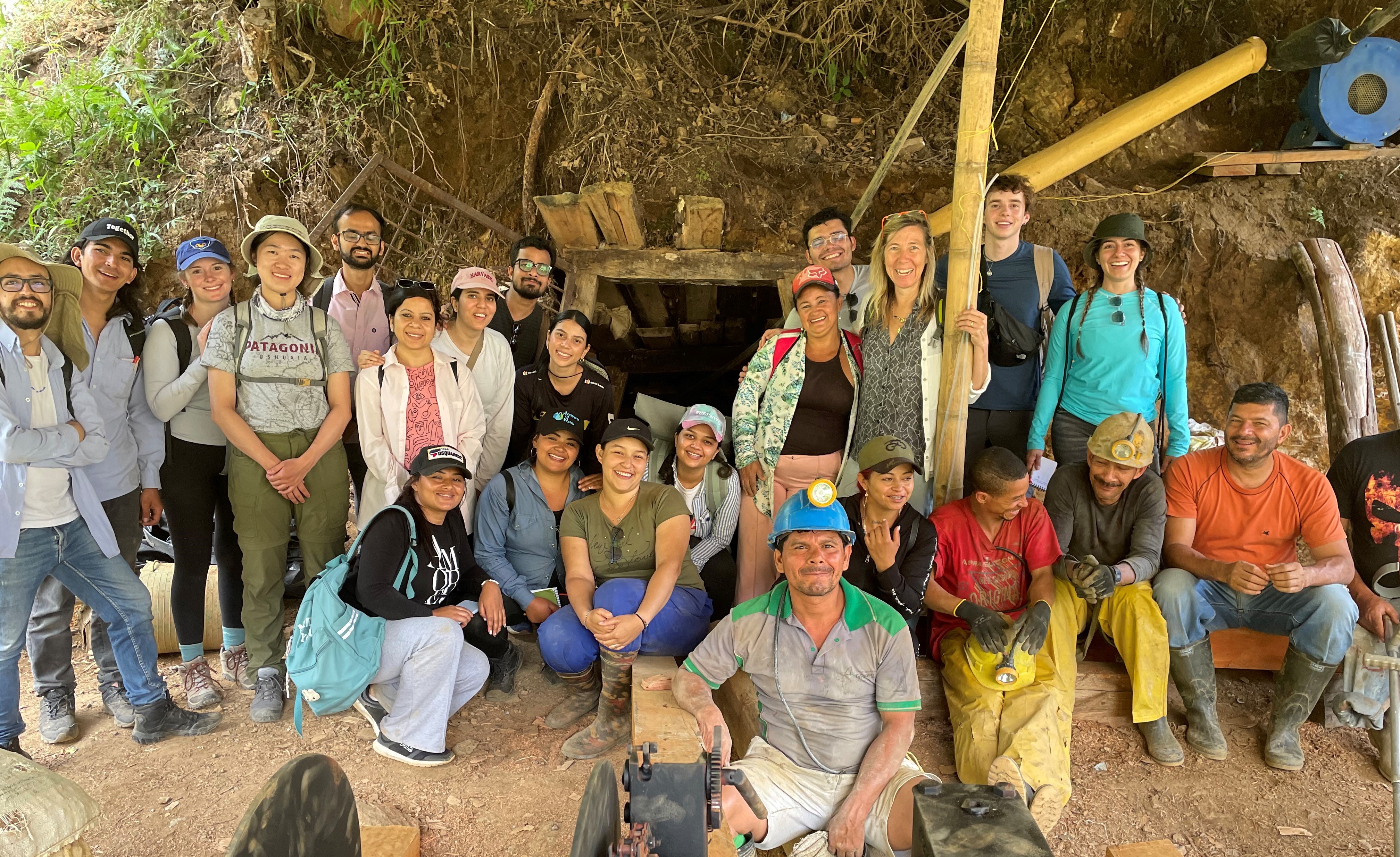
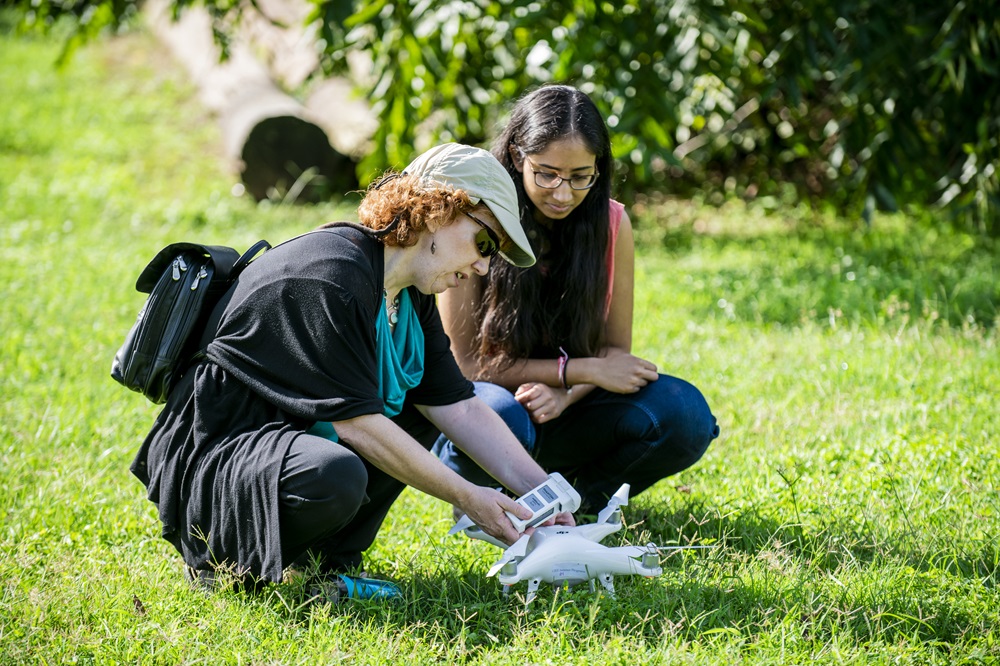


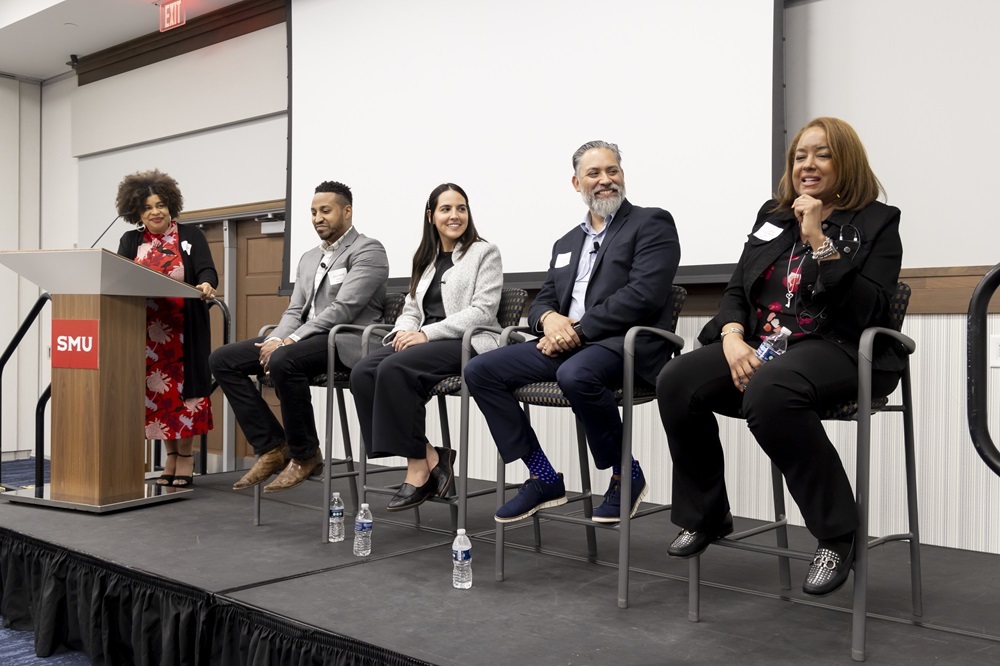

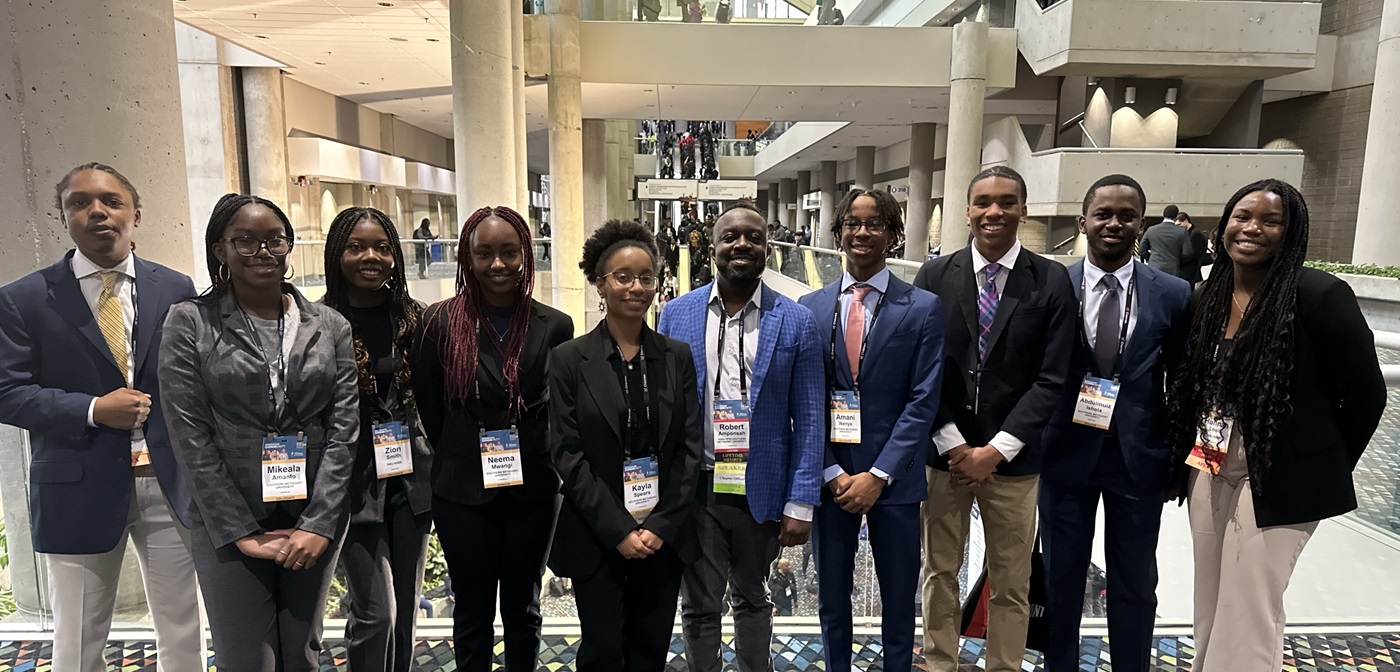


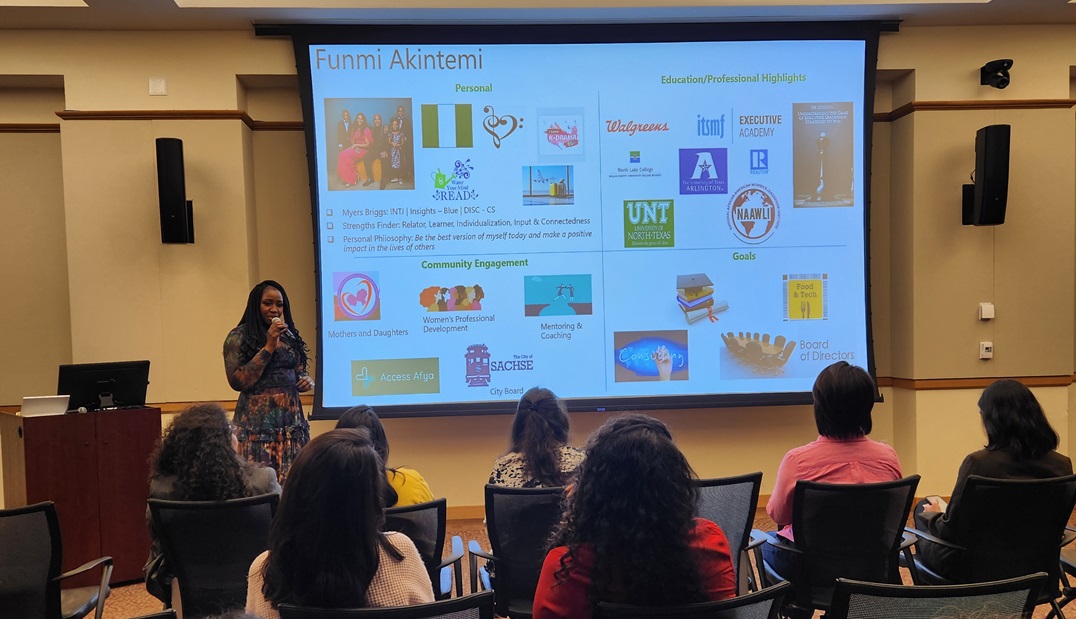

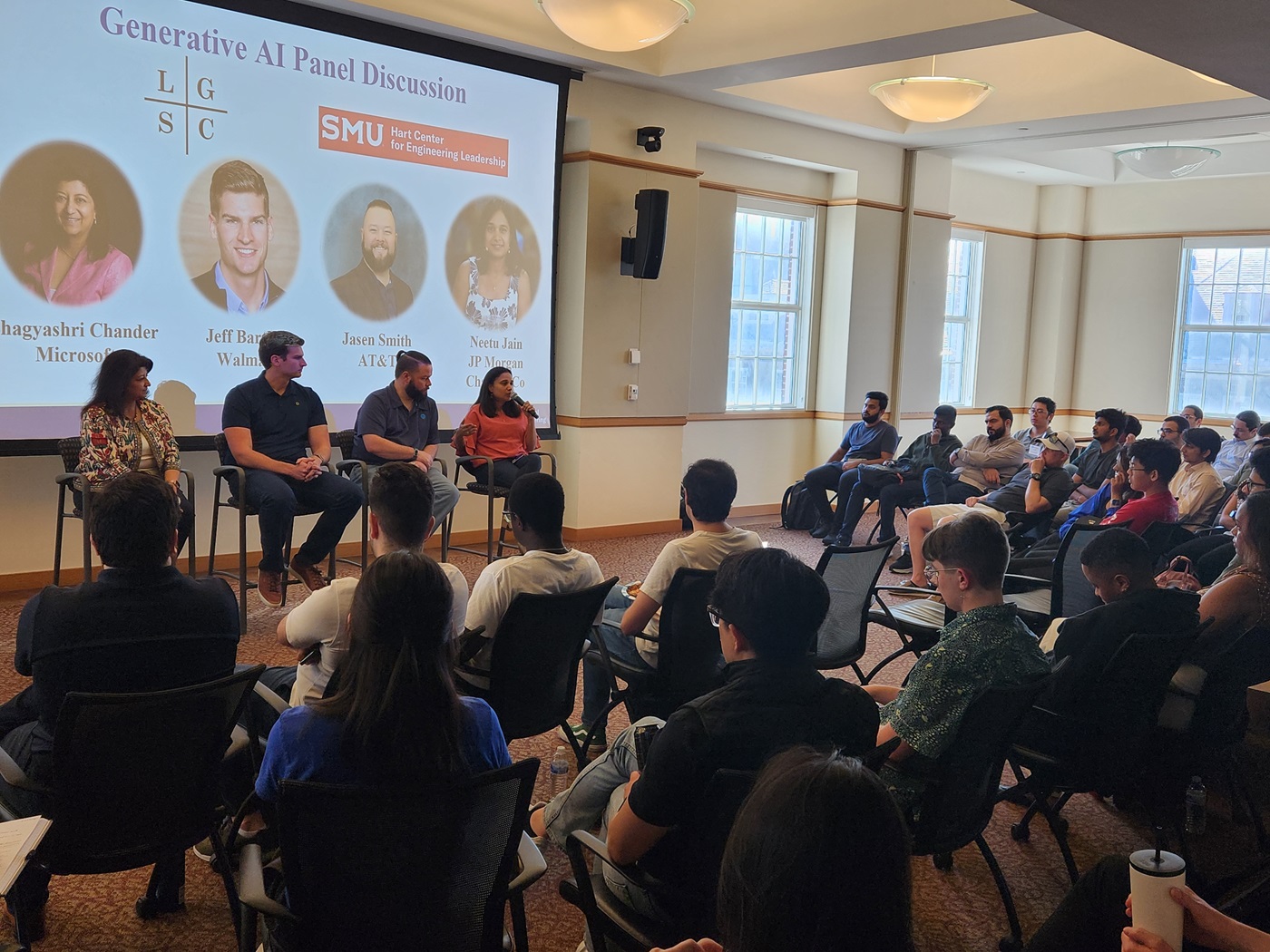





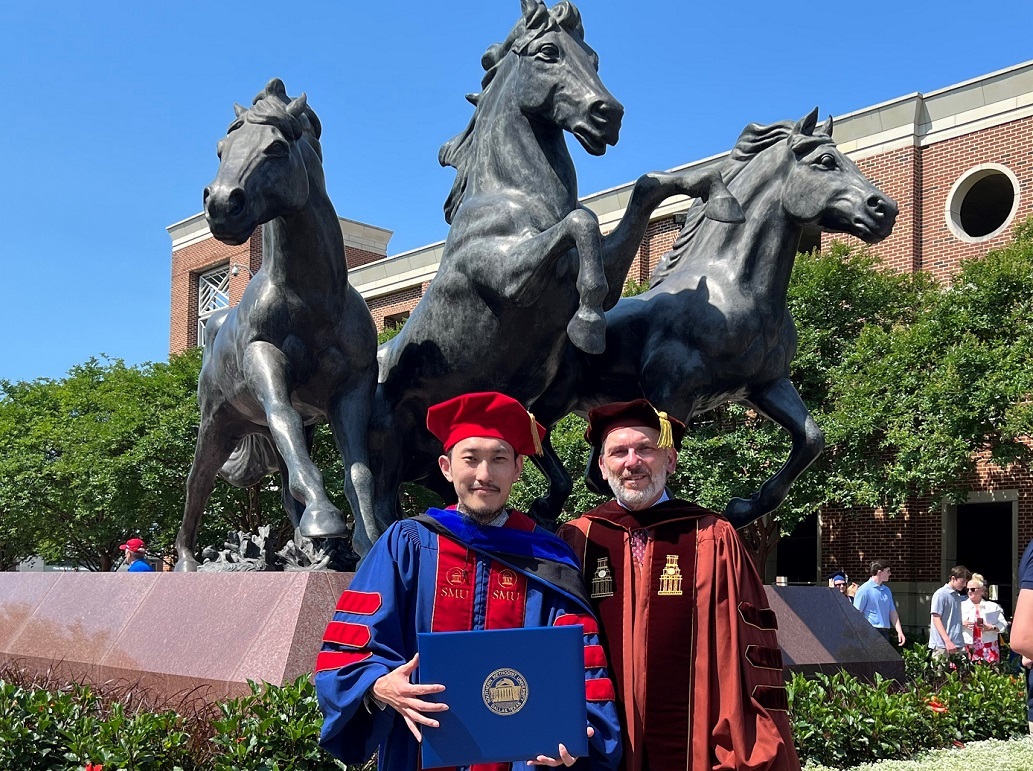
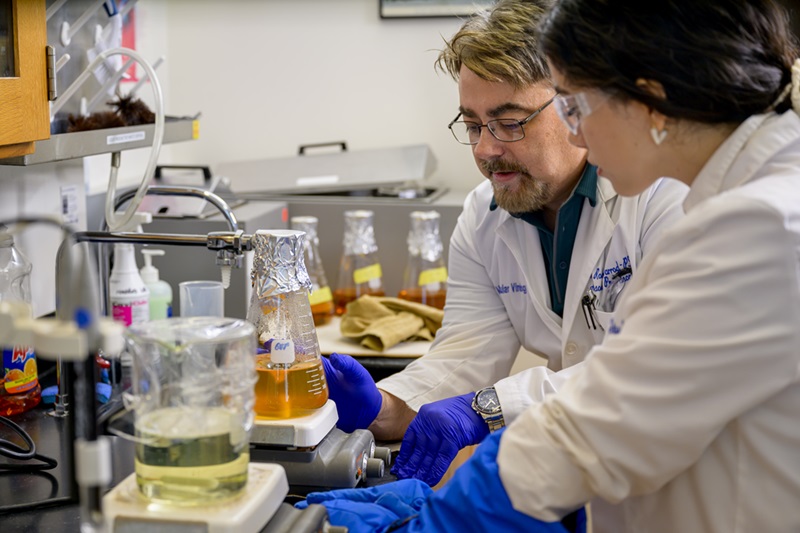





.png?h=1050&iar=0&w=1400&hash=8A67AF699E013B86B87C8192629C6A8A)



.png?h=720&iar=0&w=1280&hash=2176A862BECB6C3BE0EAE4774CD0BC39)

